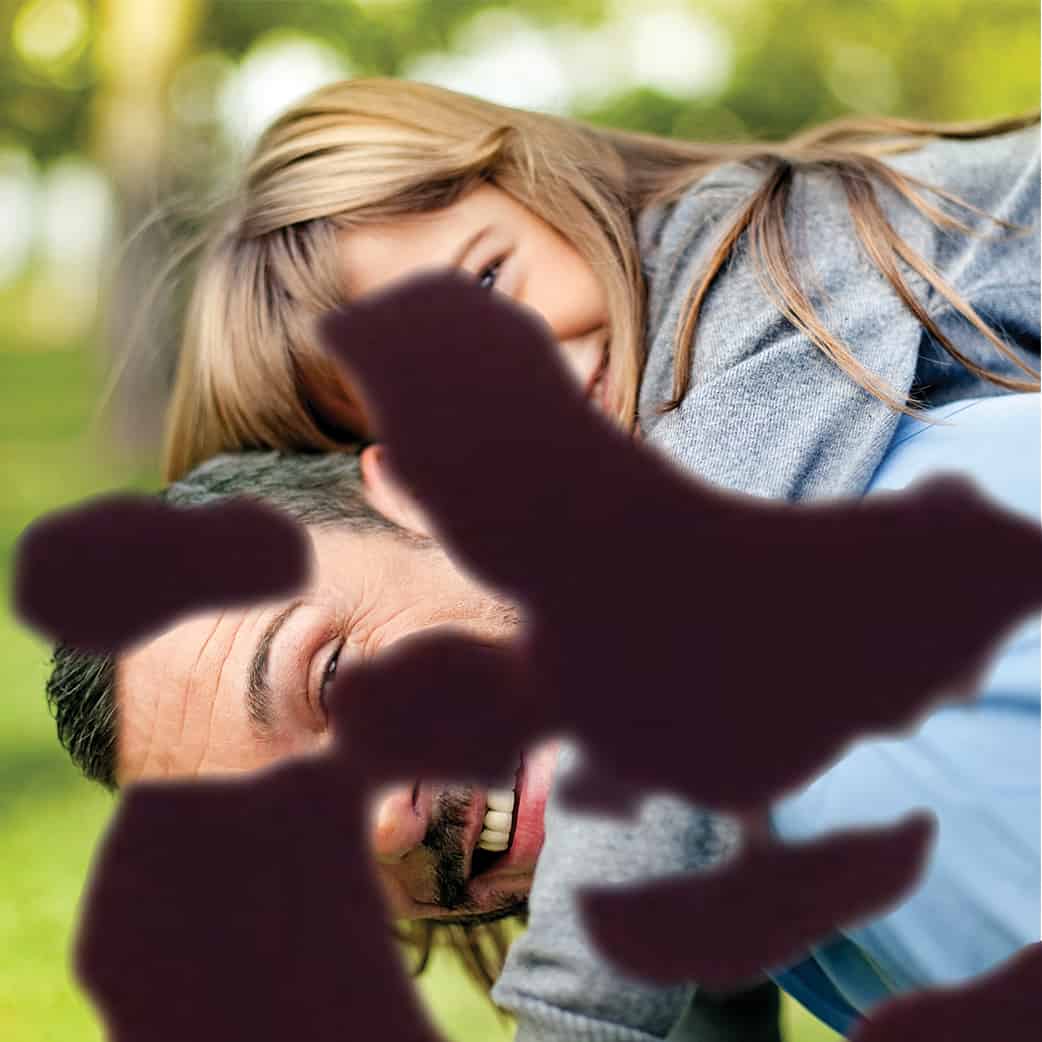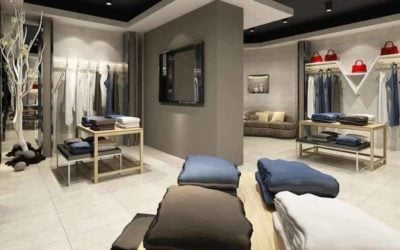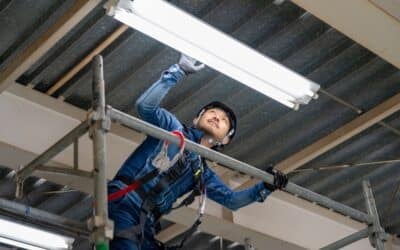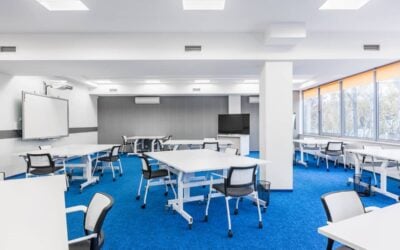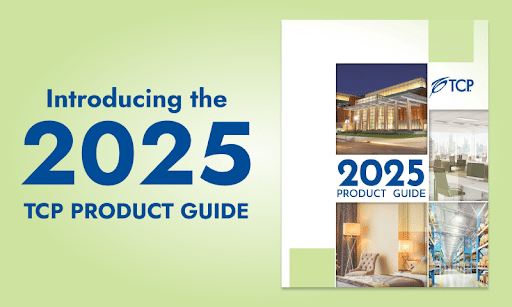Understanding the Lighting Needs of the Aging Eye
Our world is rapidly aging. In 2006, 11 percent of the global population was 60 and over. It is projected that in 2050, the 60 and over population will increase to 22 percent. For the first time in human history, there are more 60 and over people than children aged 0-14.
So, why is this happening? Many researchers believe this is due to the high fertility after World War II. This high fertility rate is a result of reduced death rates, significant reductions of infectious and parasitic diseases, reductions in infant mortality and improved nutrition.
As we grow older, visual impairments are inevitable. There is an estimated 285 million people worldwide with a visual impairment, with 15 million in the United States alone. With this growing population and number of people with visual impairments, the need for senior care facilities installed with proper lighting is vital.
Changes to Vision
According to the Vision Council, 1 in 28 Americans aged 40 and over already have low vision (20/70 acuity or worse after correction [glasses or surgery]) This will only continue to increase over the next 20 years as 10,000 baby boomers turn 65-years-old each day.
What happens when the eye ages? The lens starts to lose elasticity causing blurred vision and difficulty focusing, and they can also yellow, impacting color perception and decreased recognition of blue hues. Muscles that control the pupil weaken, making it more difficult to adapt from bright to dark spaces, and vice versa. Because of the weakening muscles and decreased size of the pupil, less light is able to enter the eye. This is one reason why the older population requires higher light levels. Another reason is because the number of rods in the eye can decrease as we age, making it more difficult to see in low light.
In addition to these effects, there are also age-related eye diseases: cataracts, glaucoma, macular degeneration, diabetic retinopathy and retinitis pigmentosa.
How Lighting Affects Lives
Lighting can impact the mood, health and wellbeing of residents in senior care facilities.
Task Visibility
When it comes to task visibility, seniors like to stay busy with reading, crafting and other activities that require a certain amount of light. They need to be able to see to enjoy whatever activity they are doing. By layering lighting in common areas where they partake in these activities, they are provided with optimal lighting.
Visual Performance and Safety
Visual performance and safety can go hand-in-hand. Residents in senior care facilities need to feel independent in doing their everyday tasks. They want to move through the hallways without assistance, and go about their day independently. In order for them to do this, they need proper light levels around the facility to increase their visual performance. Poor visual performance can lead to falls and accidents, which could have a more serious impact on their long-term health. With improper lighting, shadows and glares can be created, also negatively impacting visual performance.
Circadian Rhythm and Psychiatric Wellness
Circadian rhythm plays a significant role in senior care lighting. Some studies have shown that proper lighting can have positive impacts on residents with dementia. Dementia is a progressive disease that causes the decline of mental abilities accompanied by changes in personality. This causes the person’s environment to become more and more confusing. Customized lighting solutions can help with difficulties with recognition and perception as well as difficulties with time and place orientation.
By tuning lighting to match the natural daylighting provided by the sun, sleep-wake cycles are better regulated. A disruption in the body’s circadian rhythm can cause agitation, fatigue and even alter hormone levels. To ensure their circadian rhythms aren’t disrupted, high contents of blue light should be used during the day, and decreased at night. According to a study conducted by the U.S. Department of Energy, there was a 41 percent reduction in yelling, agitation and crying in dementia residents when they were in facilities that utilized custom color tuning lighting systems. These custom lighting systems can also help facilitate the daily routines of healthcare providers.
All of these aspects can then lead to overall resident psychiatric wellness. If the residents are comfortable, have a sense of independence and are safe in their facility, they will maintain a healthy psyche.
Features of Good Lighting
Proper senior care lighting should be energy efficient, while making the facility a comfortable and safe place to stay. Good lighting should decrease shadows, reflections and glare and create an easy-transition facility. Meaning, seniors shouldn’t have to adjust their eyes or feel discomfort when moving from room to room around the facility.
By decreasing shadows, reflections and glare, seniors will have less falls and accidents. Glare can cause the eye to not recognize obstacles such as chairs, tables and other objects. Shadows can also cause accidents and even anxiety. Shadows can sometimes be seen as a threat or mistaken for something else. This can lead to disorientation and agitation. Residents with dementia especially need proper lighting to reduce shadows on people’s faces. Shadows on nurse’s faces can make it difficult for the resident to recognize them, which can cause agitation and even aggression.
Different areas of the facility require different types of lighting. Staircases, corridors and recreation rooms require partial indirect lighting and must cast as few shadows as possible. Healthcare rooms should combine indirect and direct wall lighting. This features comfortable ambient lighting, to ensure patients are comfortable if they are lying down, and a direct light to ensure the care provider can examine properly, and the patient can read comfortably.
Bathrooms should feature a soft ambient light that also minimizes shadows. Many slips and falls occur in the bathroom when residents are getting in and out of the shower or bathtub, which makes it important to create a high-visibility environment. The low-shadow lighting also makes it easier to see the floor of the shower or bathtub they are getting in and out of. Vanity lighting also needs to be bright with proper color renditions—this improves the patients’ self-perception, which can have a direct reflection on their psychiatric wellness.
Seniors need high light levels, but increased light levels aren’t capable of fixing everything. Light quality is just as important. If the light is of poor quality, the levels might not even matter. Lighting cannot completely solve the issues that come with growing older, but good, quality lighting can help increase visual performance and increase residents’ quality of life.
This older population is growing, and with today’s technology we can tailor lighting to fit their needs. There are many factors in senior care facilities that can make them successful, but lighting in an easy and affordable way to improve the lives of residents while saving money on energy and maintenance costs. Families and friends will feel at ease knowing their loved ones are in a safe and well-lit environment.
Related Articles
Enhancing Retail Spaces with LED Lighting Solutions
Effective retail lighting is essential for attracting and retaining customers, as it influences customer behavior, mood, and overall shopping experience. The Impact of Light Design on Customer Behavior Lighting plays a pivotal role in shaping how customers interact...
Lighting Maintenance in Industrial Facilities
Managing a warehouse facility is more than just keeping shelves organized. The lighting that constantly surrounds the people and products play a big part in the well-being of the business. Lighting maintenance in industrial facilities helps ensure safety, reduce...
Improve Learning Environments with LED Lighting Solutions
Creating an optimal learning environment requires more than just desks and whiteboards – lighting plays a crucial role in shaping students' focus, energy levels and overall well-being. Schools that insist on high-quality LED lighting solutions can enhance student...





